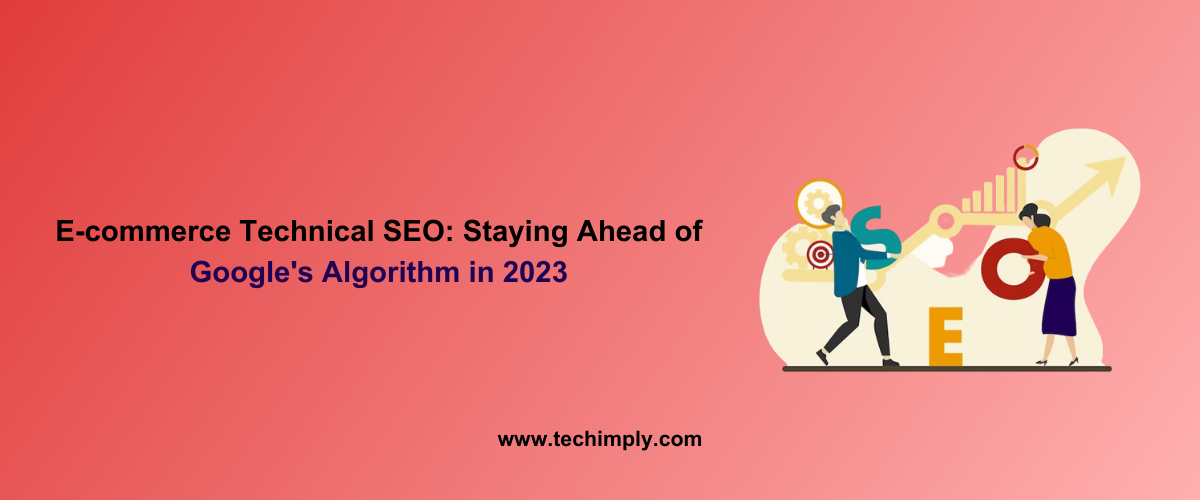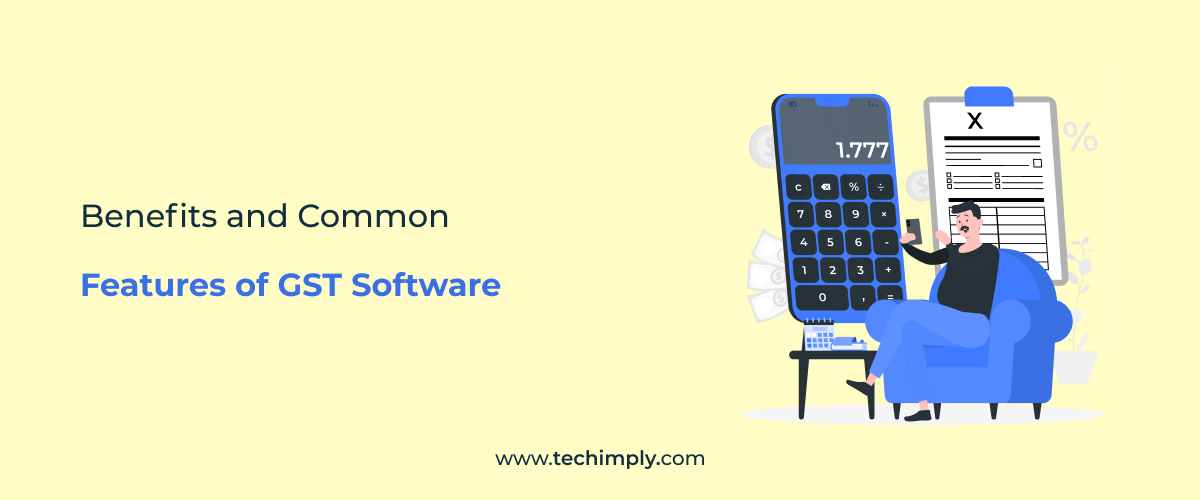In the competitive world of e-commerce, having a visually appealing website and great products is not enough. To truly succeed, e-commerce businesses need to prioritize technical SEO. Technical SEO involves optimizing the technical aspects of a website to enhance its search engine visibility and overall performance. It plays a vital role in ensuring that search engines can crawl, index, and understand your e-commerce site, leading to improved rankings and increased organic traffic.
e-commerce platforms often have complex structures, dynamic content, and frequent updates, making technical SEO even more critical. By focusing on technical optimization, you can ensure that your website is easily accessible to search engine bots, resulting in higher visibility on search engine result pages (SERPs).
Mobile-Friendly Optimization
In today's digital landscape, mobile devices play a significant role in online shopping. With the increasing number of users accessing the internet through smartphones and tablets, it has become crucial for e-commerce websites to prioritize mobile-friendly optimization. Google recognizes the importance of mobile user experience and has implemented mobile-first indexing, which means that the mobile version of your site is now the primary factor for determining search engine rankings.
- Shift in user behaviour: Mobile devices have revolutionized the way people browse and shop online. Customers now expect seamless experiences on their mobile devices, from product discovery to checkout. If your e-commerce site isn't optimized for mobile, you risk losing potential customers to competitors who offer better mobile experiences.
- Google's mobile-first indexing: Google's mobile-first indexing means that Google's search algorithm primarily uses the mobile version of your site for indexing and ranking purposes. This change underscores the significance of mobile optimization for e-commerce sites. A mobile-friendly site not only improves the user experience but also boosts your chances of ranking higher in search results.
- Enhanced user experience: Mobile optimization goes beyond responsive design. It involves creating a user-friendly interface with easy navigation, intuitive touch controls, and quick-loading pages. A positive mobile experience can increase engagement, reduce bounce rates, and drive conversions.
- Mobile page speed: Page speed is crucial for mobile optimization. Mobile users expect fast-loading websites, and Google also considers page speed as a ranking factor. Optimise your e-commerce site for mobile by minimising file sizes, leveraging browser caching, and compressing images to ensure swift loading times.
- Mobile SEO best practices: Implement mobile SEO best practices to maximise your site's visibility. This includes using mobile-friendly pop-ups, optimising meta tags and descriptions for mobile SERPs, and ensuring that your site is easily crawlable by search engine bots.
By prioritising mobile-friendly optimization, you can provide a seamless shopping experience for your mobile users, improve search engine rankings, and increase conversions. Remember, in the mobile-first era, neglecting mobile optimization can have significant consequences for your e-commerce business.
Website Architecture and Structure
When it comes to technical SEO for e-commerce websites, having a well-organised and crawlable site structure is crucial. A clear and logical site structure not only improves user experience but also helps search engines understand and navigate your website effectively. Here's why a well-structured site architecture is essential for your e-commerce SEO efforts:
- Enhanced crawlability: Search engine bots crawl websites to discover and index content. A well-structured site with a logical hierarchy and interconnected pages makes it easier for bots to navigate and index your web pages. This improves the visibility and indexing of your product pages, categories, and other important content.
- Improved user experience: A well-organized site structure ensures that users can easily find what they are looking for. Clear navigation, intuitive menus, and logical categorization make it simple for visitors to explore and navigate your e-commerce site. This leads to a positive user experience, increased engagement, and higher conversion rates.
- Keyword targeting and topical relevance: A well-structured site allows you to strategically optimize your content for relevant keywords and topics. By grouping related products or content under appropriate categories and subcategories, you can create focused landing pages and optimize them for specific search queries. This improves your chances of ranking higher in search results for targeted keywords and increases the relevance of your content.
- Internal linking opportunities: A well-structured site architecture facilitates effective internal linking. Internal links help search engines discover and navigate your site, distribute link equity, and establish the contextual relevance of your content. By strategically linking related pages and products, you can guide users and search engines to important sections of your site, improving both user experience and SEO.
- Scalability and site maintenance: A well-structured site architecture allows for easy scalability as your e-commerce business grows. Adding new categories, products, or sections becomes more manageable when you have a clear site structure in place. It also simplifies site maintenance and updates, as changes can be implemented systematically without disrupting the overall structure.
To create a well-organized site structure for your e-commerce website, consider the following best practices:
- Use a logical hierarchy of categories and subcategories.
- Ensure consistent and descriptive naming conventions for URLs and page titles.
- Implement breadcrumbs to provide easy navigation paths for users and search engines.
- Optimize internal linking to connect relevant pages and distribute link authority.
By prioritizing a well-organized and crawlable site structure, you can improve your e-commerce website's visibility, user experience, and search engine rankings.
Monitoring and Analytics
To ensure the success of your e-commerce website's SEO efforts, it's essential to monitor and analyze your website's performance and user behaviour. This is where tools like Google Search Console and Google Analytics come into play. Let's explore how these tools can help you optimize your site and address technical issues.
A. Using Google Search Console for monitoring and reporting:
Google Search Console is a powerful tool that provides valuable insights into how your website performs in Google's search results. Here's how you can leverage it:
Performance tracking: Monitor your website's organic search performance, including impressions, clicks, and average position in search results. Identify the keywords that drive the most traffic and track the effectiveness of your SEO efforts.
- Indexing status: Check if Google has indexed all the important pages on your e-commerce site. Identify any crawling or indexing issues that may be preventing your web pages from appearing in search results.
- Mobile usability: Google Search Console alerts you to any mobile usability issues on your website, ensuring that your site is mobile-friendly and accessible to users on different devices.
- XML sitemap submission: Submit your XML sitemap to Google Search Console to help search engines discover and index your website's pages more efficiently.
B. Leveraging Google Analytics to track website performance and user behaviour:
Google Analytics provides valuable insights into how users interact with your e-commerce website. Here's how you can benefit from it:
- User behaviour analysis: Understand how users navigate through your site, which pages they visit, and how long they stay. Analyze bounce rates, exit rates, and user flow to identify areas of improvement and optimize your site's user experience.
- Conversion tracking: Track e-commerce transactions, revenue, and conversion rates to measure the effectiveness of your marketing campaigns and identify opportunities for improvement.
- Traffic sources: Analyze the sources of traffic to your website, such as organic search, paid advertising, social media, and referral sources. This helps you understand which channels are driving the most valuable traffic and adjust your marketing strategies accordingly.
- Goal tracking: Set up goals in Google Analytics to track specific actions or conversions on your website, such as newsletter sign-ups, form submissions, or product purchases. Monitor goal completions and analyze the paths users take to achieve those goals.
C. Identifying and fixing technical issues through regular audits:
Regular technical audits are essential for identifying and addressing any technical issues that may hinder your e-commerce website's performance. Consider the following:
Site speed: Audit your site's loading speed and identify any bottlenecks or performance issues that may impact user experience. Optimize images, leverage browser caching, and minimize code to improve page speed.
- Broken links and crawl errors: Monitor and fix any broken links or crawl errors identified through tools like Google Search Console. Broken links negatively impact user experience and can harm your SEO efforts.
- Duplicate content: Check for duplicate content issues and implement canonical tags or 301 redirects to consolidate duplicate URLs and avoid potential ranking issues.
- URL structure: Review your URL structure and ensure it is clean, descriptive, and SEO-friendly. Avoid lengthy URLs or unnecessary parameters that may confuse search engines or users.
Google SEO focuses on optimizing websites to improve their visibility and rankings in Google's search results. Google SEO is an ongoing process that requires continuous monitoring, analysis, and adjustments to stay ahead of algorithm updates and maintain a competitive edge in search engine rankings.
By utilizing tools like Google Search Console and Google Analytics and conducting regular technical audits, you can stay on top of your e-commerce website's performance, identify areas for improvement, and address any technical issues that may hinder your SEO efforts. This proactive approach will help you optimize your site, improve user experience, and drive organic traffic and conversions.
Conclusion
As we navigate through 2023, the role of technical SEO in maintaining search visibility for e-commerce websites has never been more critical. Technical SEO encompasses various elements that work together to ensure search engines can crawl, index, and understand your site effectively. By prioritizing technical optimization, you can enhance your e-commerce website's visibility, user experience, and overall performance in search engine rankings.






